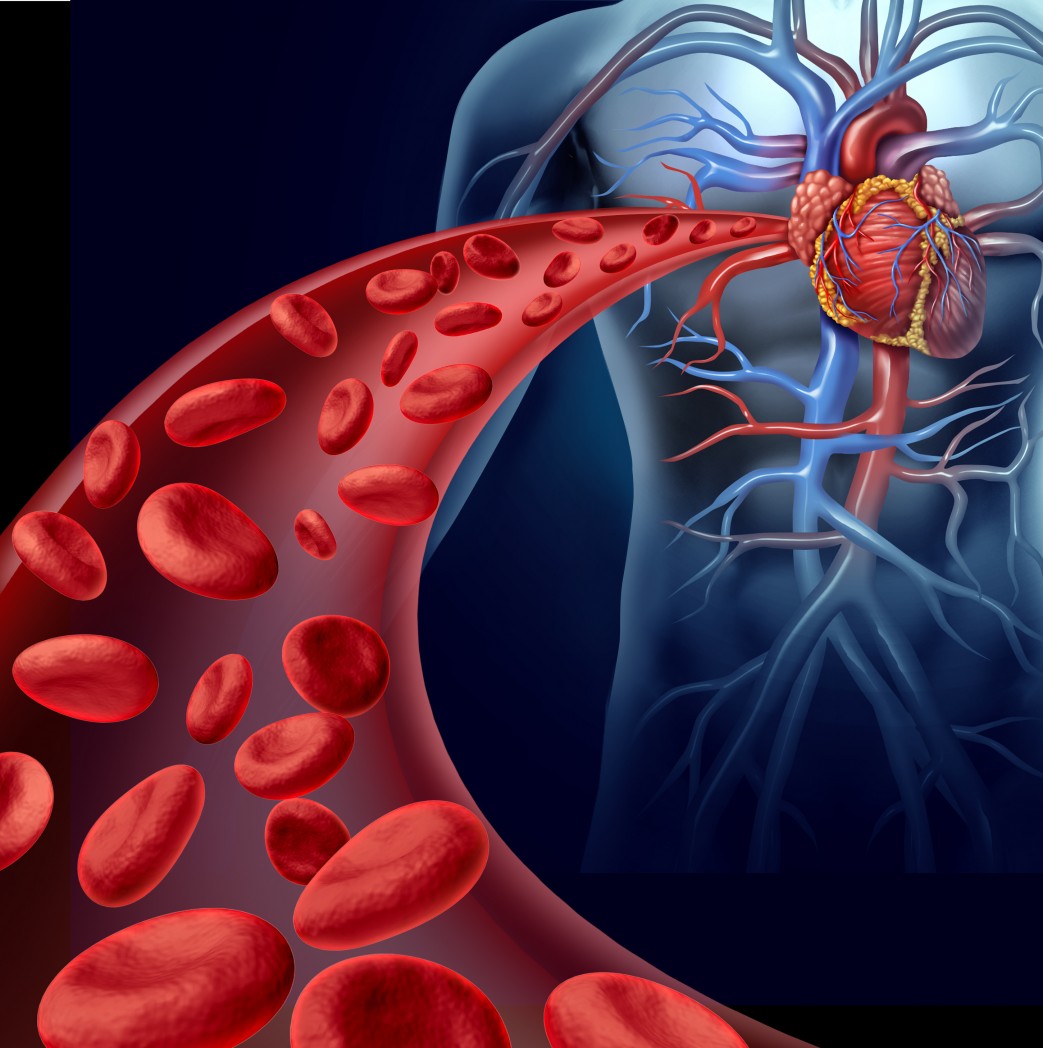Sanfilippo Patient’s High Levels of Specific Amino Acid Was Due to B12 Deficiency, Case Report Contends

A patient with Sanfilippo syndrome and poor nutritional status developed high levels of homocysteine — an amino acid likely due to a functional deficiency of vitamin B12, according to a case report.
The study titled, “Moderate hyperhomocysteinemia along with increased levels of B12 in a 21-y boy with the Sanfilippo syndrome in poor nutritional status,” was published in the journal Clinical Nutrition ESPEN.
High levels of the amino acid homocysteine — one of the building blocks of proteins — is a known risk factor for cardiovascular disease. Homocysteine is taken up by cells and converted into two other amino acids, methionine or cystathionine, a process that, among other things, requires vitamin B12.
Researchers reported the case of a 21-year-old male Sanfilippo patient who went to the hospital for the placement of a feeding tube, inserted directly into the stomach through the abdomen, to treat his poor nutritional status.
The individual was being treated with antiepileptic, antipsychotic and anti-cholinergic therapy. To further determine the cause of nutritional status, he underwent an abdominal ultrasound, cardiac ultrasound, body measurements, biochemical and nutritional analysis.
Laboratory findings confirmed the patient was in poor nutritional status and had abnormal body measurements as his mid-arm circumference was 25 centimeters (cm) and the standard mid-arm circumference for a male adult is 29.3 cm.
Additionally, the patient was diagnosed with anemia, a condition that develops when there is not enough healthy red blood cells or hemoglobin. A diagnosis of anemia led researchers to further investigate levels of compounds that are involved in red blood cell production. One particular compound, vitamin B12, was highly elevated at 1765 pg/mL (normal range is 200-900 pg/ml). interestingly, the patient also had high levels of homocysteine.
The ultrasound revealed an enlarged liver and moderate aortic valve insufficiency, a heart condition heart that causes blood to flow in the reverse direction within the heart.
Researchers believe that high levels of vitamin B12 in the patient’s serum likely are due to reduced B12 uptake by the cells due to dysfunction of a cellular organelle called the lysosome — vesicles responsible for cellular recycling and whose malfunction is the underlying cause of Sanfilippo pathology.
The authors also suggest the patient’s hyperhomocysteinemia may be due to a functional deficiency of B12, referring to the fact that as the vitamin is not being taken up by cells, it is unable to carry out its function. Because B12 is required for conversion of homocysteine to methionine or cystathionine, the patient also developed high levels of homocysteine.






